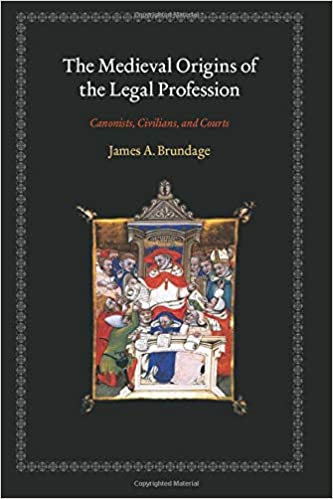Back by popular demand:
Eighteenth-Century Property Insurance:
Salvage Agreement
In 1708 Charles Povey,* the founder of The Sun Fire Office, by far the most successful insurer in the 18th Century and alive to this day, more or less, devised a new insurance-related contract–or new part of the insurance contract, an endorsement of sorts–which was an innovation designed to help both the insurer and the insured.
(*In those days, Charles was often called a “schemer,” among other things, and his ideas were frequently called “schemes.” One must keep in mind that these terms had a different meaning then than what they mean now. Then the term “scheme” simply referred to an idea for a business project It did not necessarily have a negative connotation as does today.)
In any case, his idea was a “salvage” contract, agreement, endorsement, or privilege for insureds under a certain insurance policy. I currently believe that the insurance policy was or became that The Sun Insurance Office. (As nearly as I can make out so far, an “Insurance Office” might be an insurance company, or maybe an insurance intermediary, or both. My hypothesis is that formal distinctions were not made, so that an “Office” was an insurer but that it had men around-and-ab0ut who were salespersons or consultants to potential insureds of some sort. Later in the century major insurance “Offices” hired persons to be agents, and they were actually called that.
Here is the title or name of what I am calling a contract: It is something all subscribers to Povey’s Proposals for Insuring Movable Goods, Merchandizes and Wares from Loss and Dammage* by Fire. [*Spelled here correctly.]
The word “salvage” did not then have a meaning identical to the one we know and use. For this agreement “salvage” meant trying to put out or restrict the fire and remove as many of the goods, etc. as can be done by a team. The team would also try to protect the good, etc. from being stolen by thieves. The “Proposal” document suggests that thief-losses were as large as or larger than fire losses. (Not long after the turn of the 18th Century, private brigades of firemen became more involved, and they could be restricted to certain groups of insureds, just as salvage-teams were.
Several fire insurance policies I have reviewed from late 17th Century England appear to the modern to be policies for dwelling. Reading this document suggests to me that some dwelling policies were actually for buildings where people both lived and did business. Those structures were–or would have been–called “houses.” I have preliminarily and tentatively concluded that the word “house” was more broadly conceived than it usually is today, even though in our day, some people work out of their houses. In some later 18th Century first policies, the distinction between “houses” and “other buildings” is made more clear.
What was true about those earlier policies is that they appeared to cover only the building and not its contents. The kinds of policies presupposed by the Salvage Agreement were obviously commercial, at least in part, although the buildings were called “houses, and maybe some people lived there.” (In that era as in some closer to our time, it was common for some merchants to live on an upper floor or floors. There is no suggestion that personal items–the owner’s clothes, for example–were covered in the earlier policies homeowner-type policies, or in the ones to which this Proposal was tied. These differences became explicit as the century begins to age.
The logistics of the salvage agreement were that a mark of the insurer, a sun, would be “nailed up against their houses.” I would have the policy number so that it would be easily identified. However, if an insured failed to make his quarterly premium, the mark would be removed, and the service terminated. I infer–or guess– that the buildings were probably mostly wooden. How else could the insigna be “nailed” to the building?
According to the proposal, each of the salvage-men (aka “Exchange House” men) would be trained somehow and recommended by ministers or wardens from the appropriate parish or six reliable housekeepers from the neighborhood. Each of these Exchange House Men would carry a box in which their “certificates,” printed on parchment, would be kept and displayed.
The Agreement contains a paragraph setting forth a number of advantages for insureds and the public interest. Four of the five are commonsensical but one of them–the fifth–is particularly interesting:
“It will be of singular advantage to all merchants, wholesale dealers and others who have great stocks of cumbersom and combustible goods; because by the means of such, a timely assistance, all, or the most part, may be sav’d; whereas otherwise two or three thousand pounds worth or more of merchandizes and wares may be lost or consumed by the flames.”
In some ways, this agreement is a supplementary agreement connected to a particular policy that extends coverage in new directions. It is also part of the insurance policy’s claims manual. It handles some things by private contract which are now done by public entities: police protection and something like licensing of something like claims persons.




Recent Comments